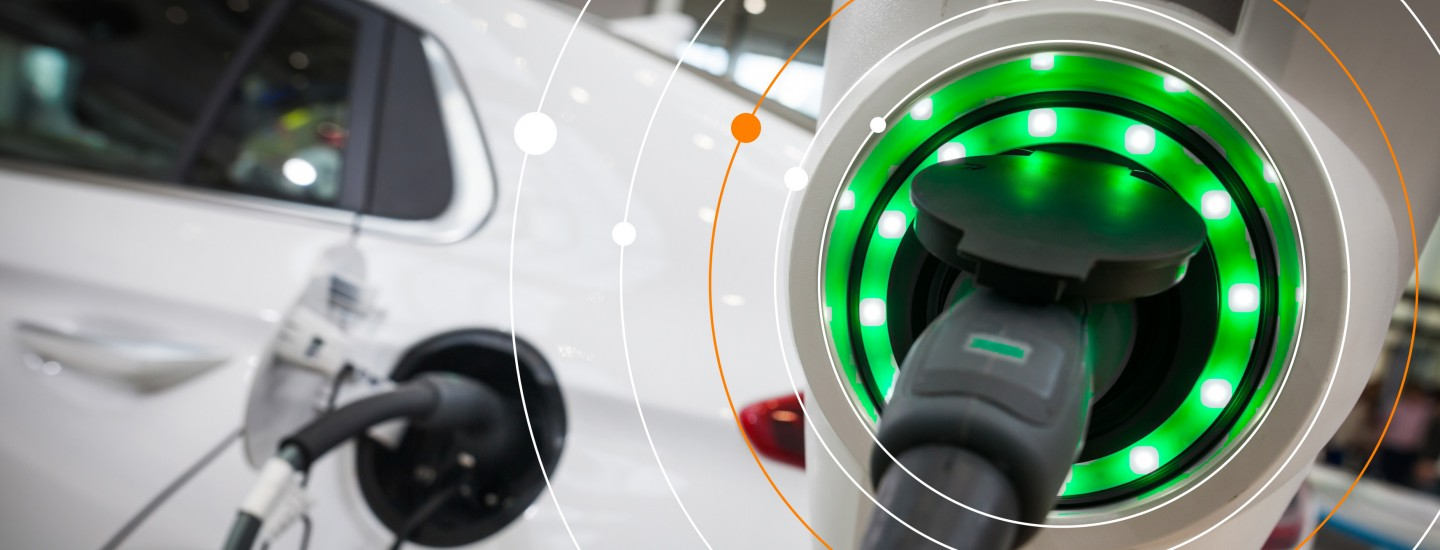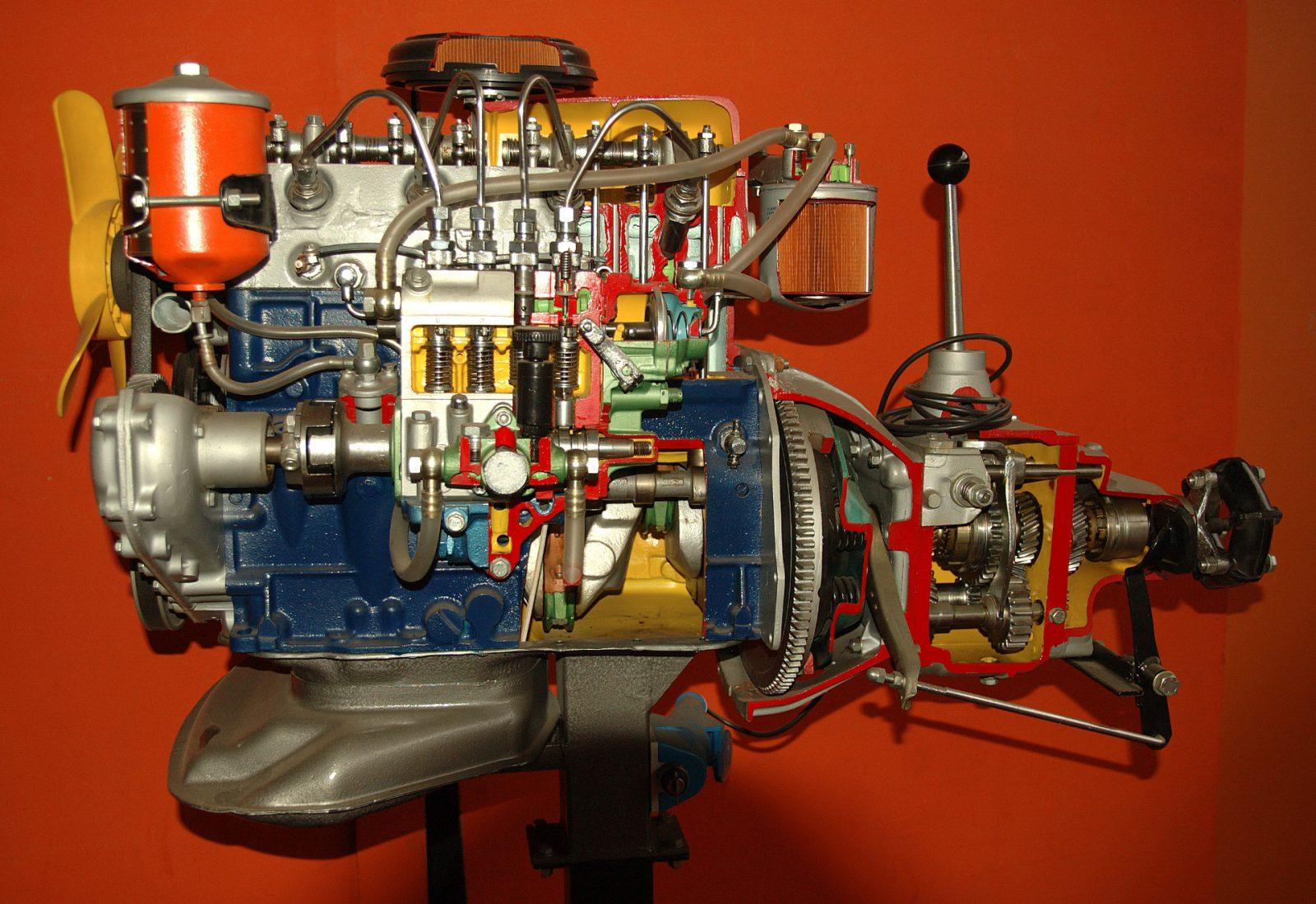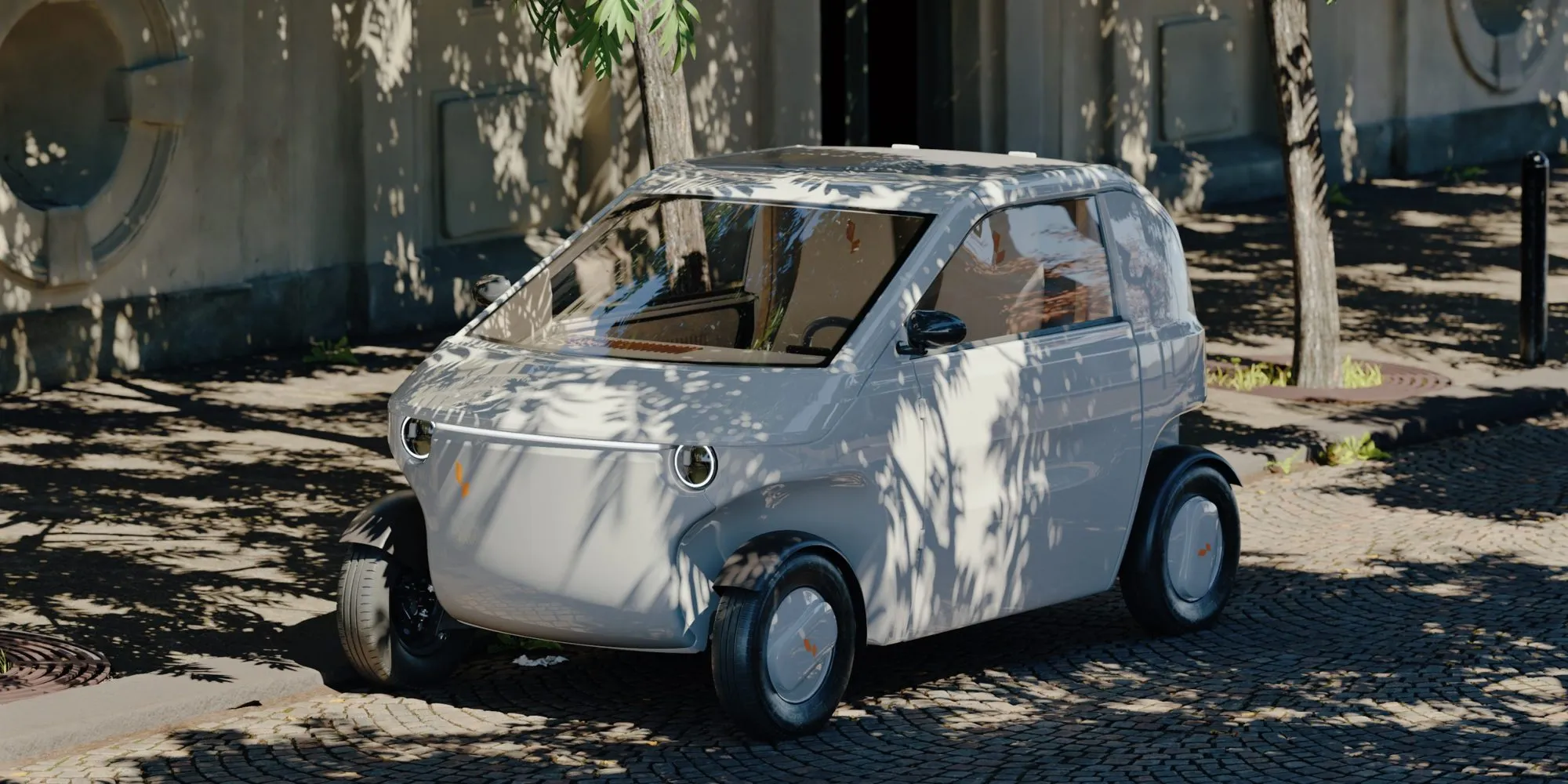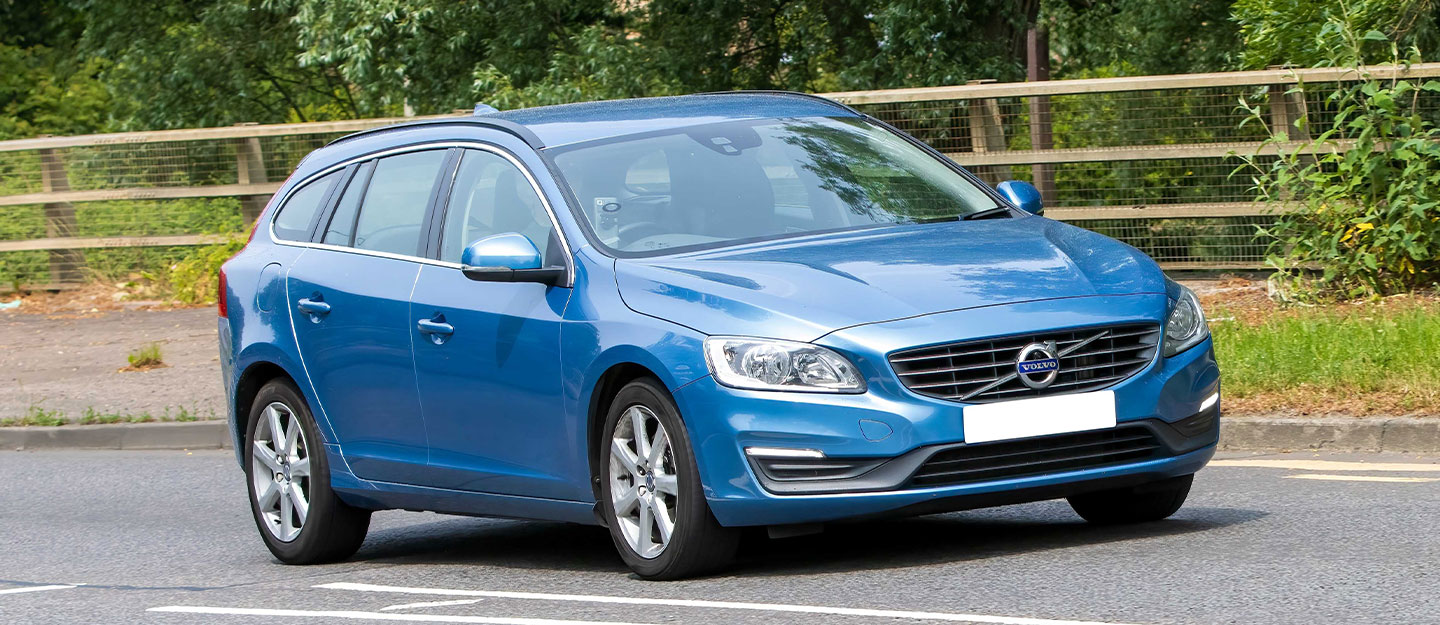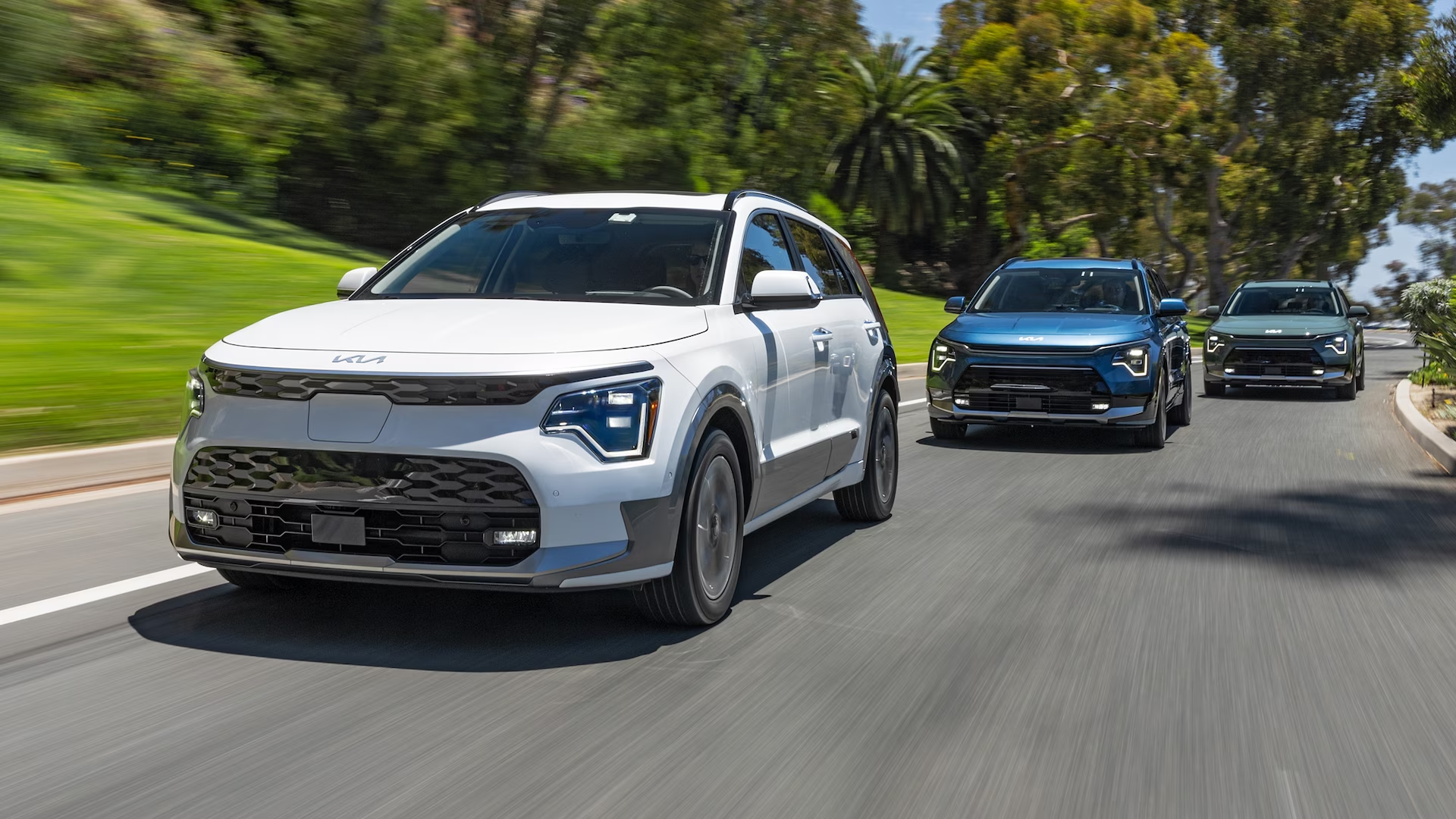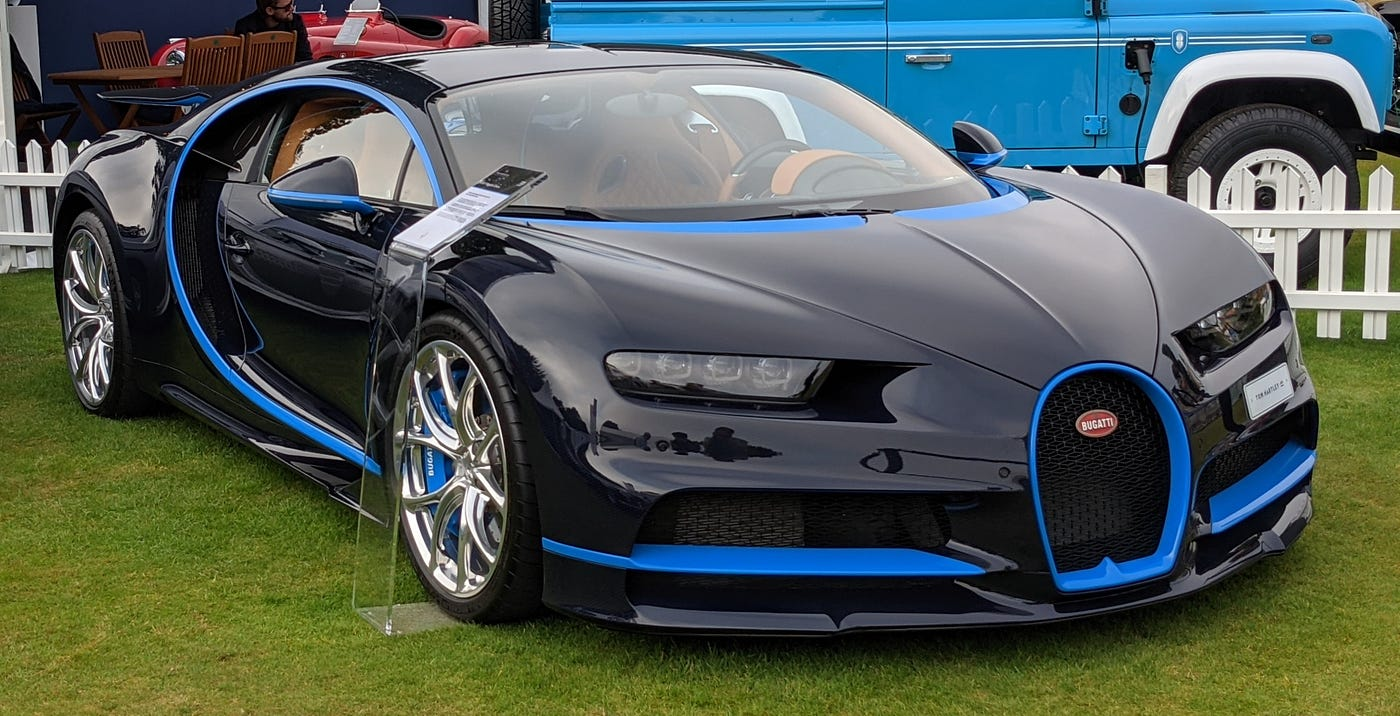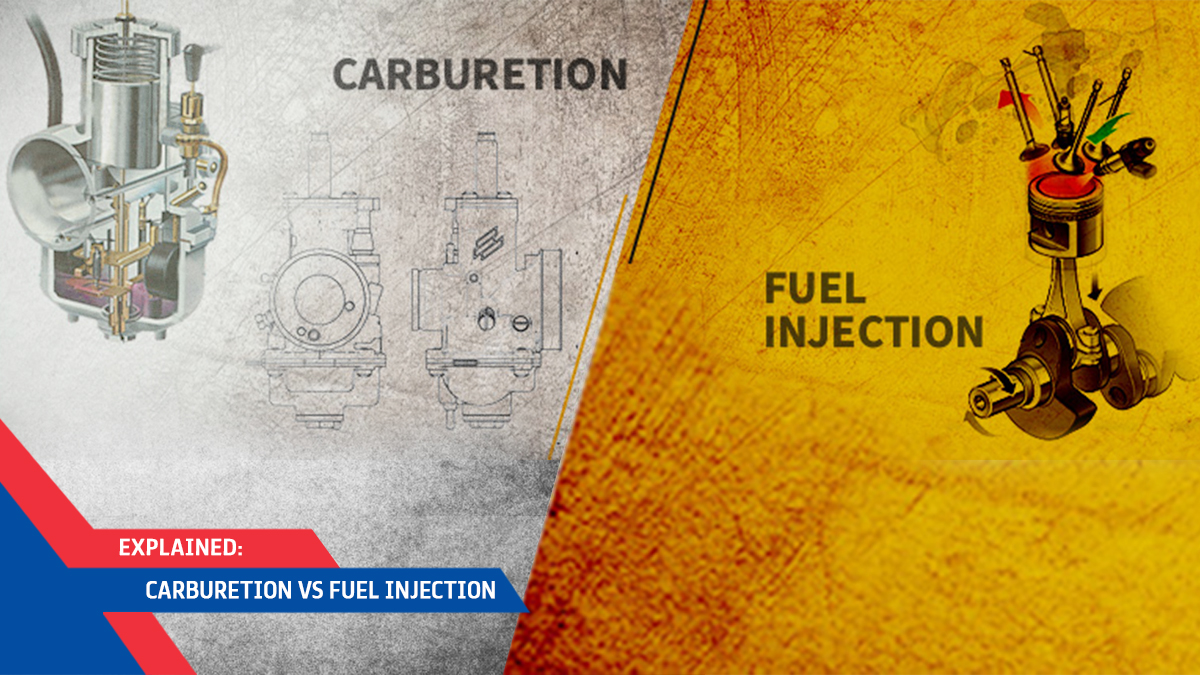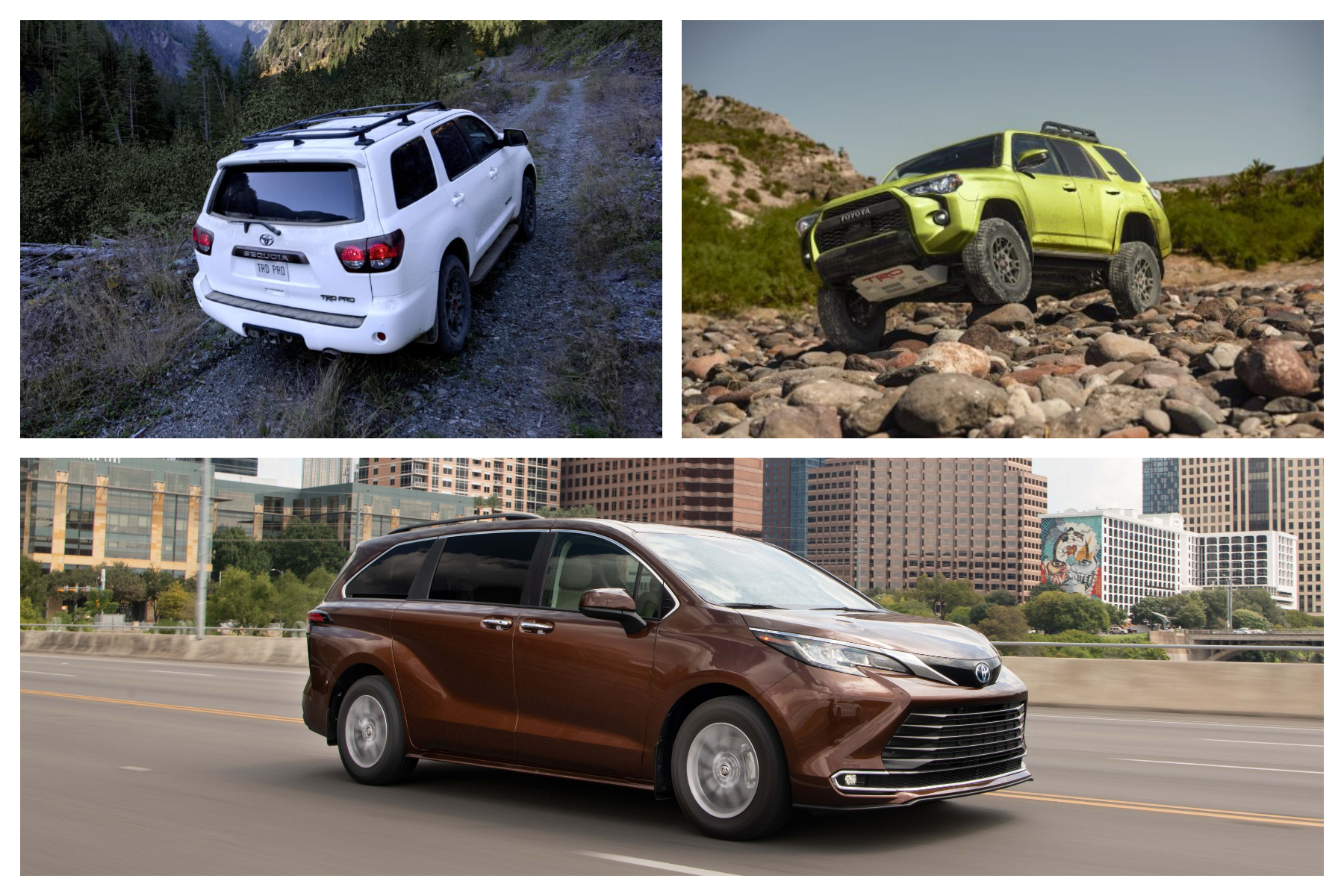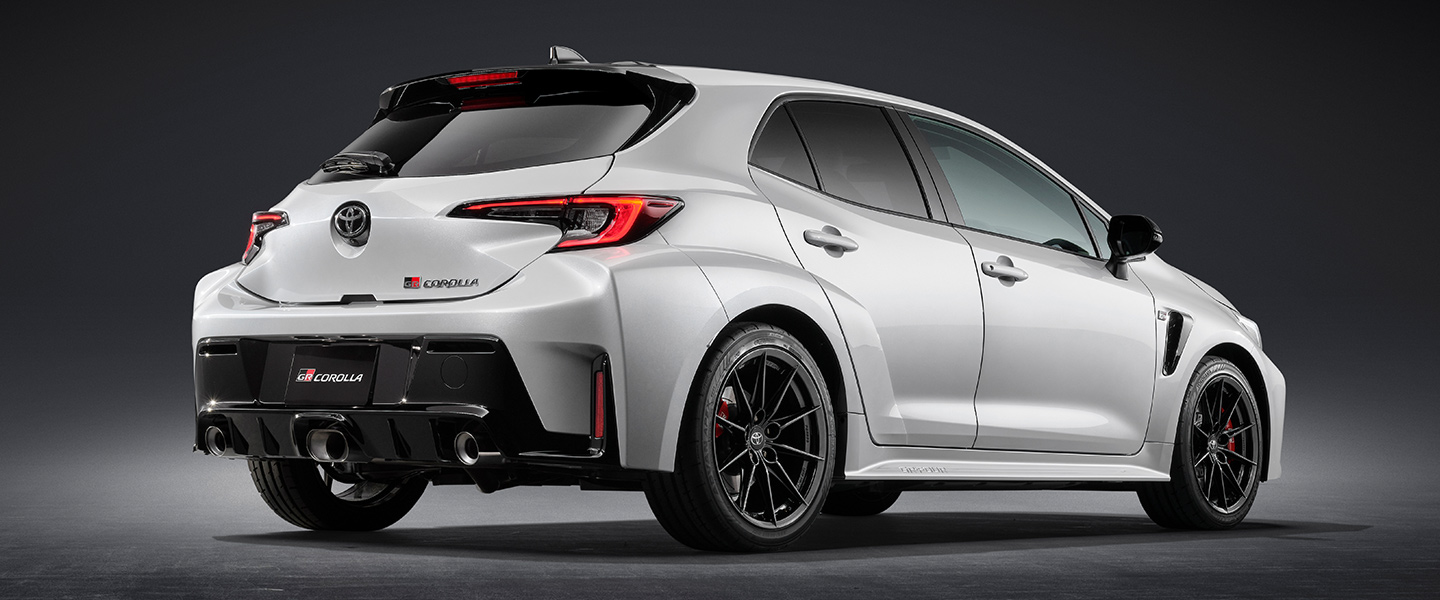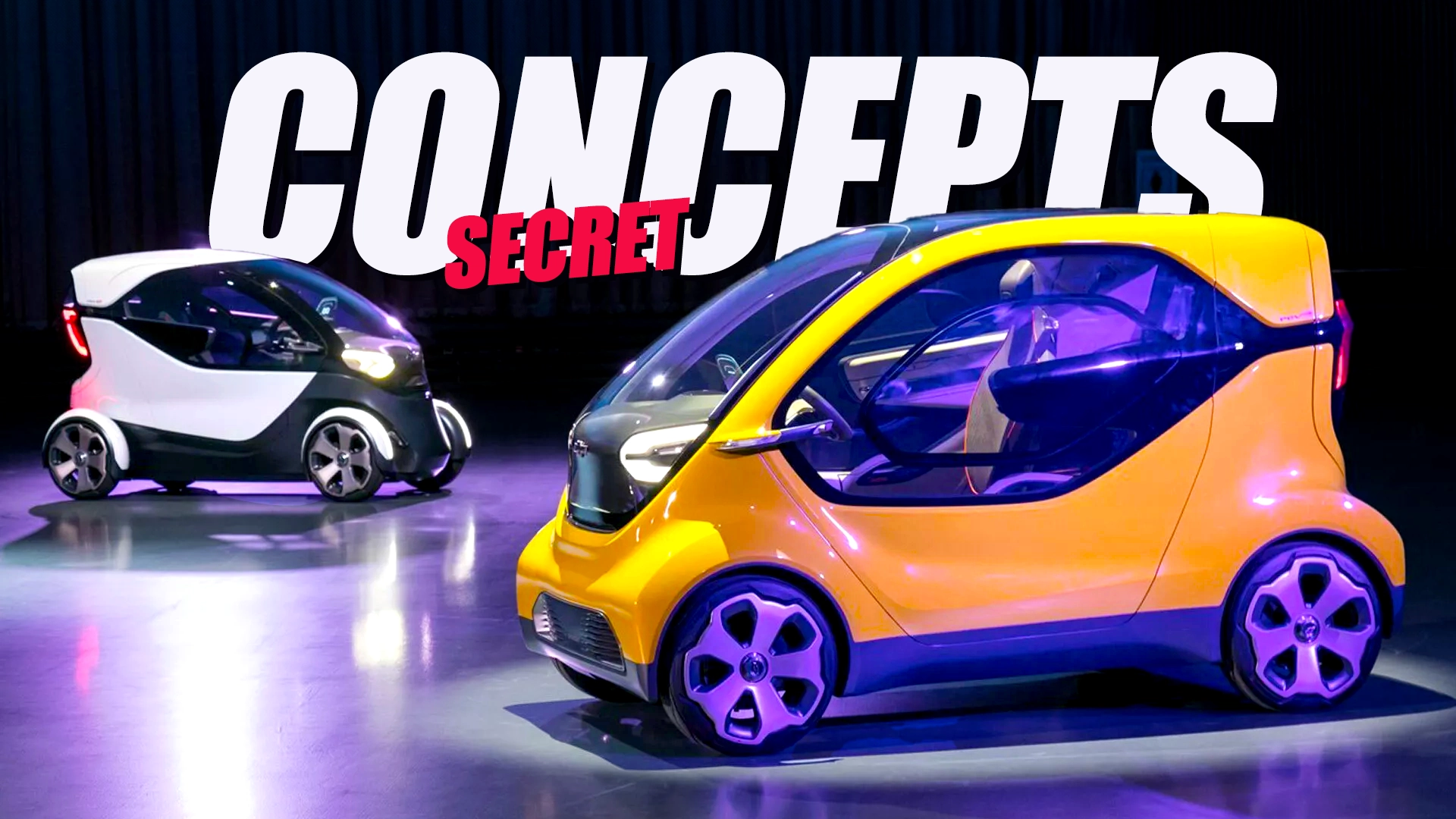How Regenerative Braking Works in Hybrid and Electric Vehicles
Regenerative braking stands as a hallmark of efficiency and innovation in hybrid and electric vehicles (EVs), revolutionizing the way energy is managed and reused during deceleration. This technology not only…
Comparing Four-Wheel Drive (4WD) and All-Wheel Drive (AWD) Systems
Comparing Four-Wheel Drive (4WD) and All-Wheel Drive (AWD) Systems Understanding the differences between Four-Wheel Drive (4WD) and All-Wheel Drive (AWD) systems is crucial for selecting the right vehicle based on…
The Impact of Powertrain Choices on Vehicle Emissions and Environmental Impact
Choosing the right powertrain for a vehicle has a profound impact on both its emissions profile and overall environmental footprint. Today, with increasing concerns about climate change and air quality,…
Exploring the Role of Transmissions in Vehicle Efficiency and Performance
Transmissions play a pivotal role in determining both the efficiency and performance characteristics of vehicles across various driving conditions. Whether manual, automatic, CVT, or dual-clutch, each transmission type is designed…
Manual vs. Automatic Transmissions: Pros and Cons of Each
The debate between manual and automatic transmissions has been ongoing among drivers for decades, each offering distinct advantages and drawbacks depending on personal preference, driving style, and vehicle use. This…
Dual-Clutch Transmission (DCT): Balancing Performance and Comfort
Dual-Clutch Transmission (DCT) technology represents a sophisticated approach to automotive transmissions, striking a balance between performance-oriented driving dynamics and everyday comfort. DCTs are renowned for their rapid gear shifts and…
Continuously Variable Transmissions (CVT): Efficiency and Smoothness Explained
Continuously Variable Transmissions (CVTs) have emerged as a modern alternative to traditional automatic and manual transmissions, offering distinct advantages in terms of efficiency, smoothness, and driving comfort. Unlike conventional transmissions…
Turbocharged Engines: Enhancing Performance with Forced Induction
Turbocharged engines have revolutionized the automotive industry by significantly enhancing performance through forced induction technology. Unlike naturally aspirated engines that rely solely on atmospheric pressure to draw air into the…
Hydrogen Fuel Cell Vehicles: The Future of Clean Energy Transportation
Hydrogen fuel cell vehicles (FCVs) represent a promising frontier in clean energy transportation, offering a sustainable alternative to traditional gasoline and diesel-powered vehicles. Unlike battery electric vehicles (BEVs) that store…
Understanding Plug-In Hybrid Electric Vehicles (PHEVs) and Their Benefits
Plug-in Hybrid Electric Vehicles (PHEVs) represent a hybrid vehicle category that combines the benefits of traditional gasoline engines with electric motors powered by rechargeable batteries. This innovative technology offers drivers…
 How Regenerative Braking Works in Hybrid and Electric Vehicles
How Regenerative Braking Works in Hybrid and Electric Vehicles Comparing Four-Wheel Drive (4WD) and All-Wheel Drive (AWD) Systems
Comparing Four-Wheel Drive (4WD) and All-Wheel Drive (AWD) Systems The Impact of Powertrain Choices on Vehicle Emissions and Environmental Impact
The Impact of Powertrain Choices on Vehicle Emissions and Environmental Impact Exploring the Role of Transmissions in Vehicle Efficiency and Performance
Exploring the Role of Transmissions in Vehicle Efficiency and Performance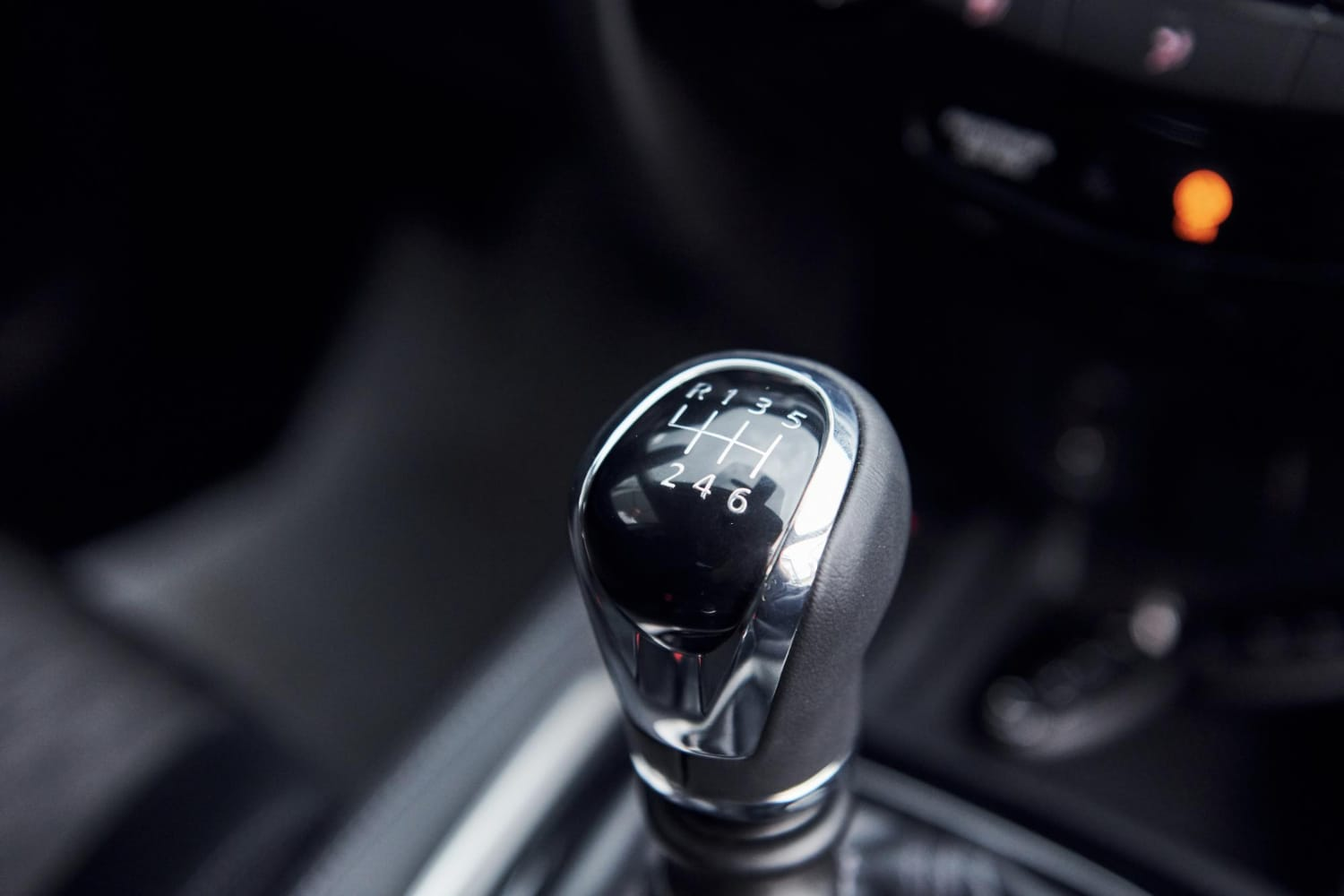 Manual vs. Automatic Transmissions: Pros and Cons of Each
Manual vs. Automatic Transmissions: Pros and Cons of Each Dual-Clutch Transmission (DCT): Balancing Performance and Comfort
Dual-Clutch Transmission (DCT): Balancing Performance and Comfort Continuously Variable Transmissions (CVT): Efficiency and Smoothness Explained
Continuously Variable Transmissions (CVT): Efficiency and Smoothness Explained Turbocharged Engines: Enhancing Performance with Forced Induction
Turbocharged Engines: Enhancing Performance with Forced Induction Understanding Plug-In Hybrid Electric Vehicles (PHEVs) and Their Benefits
Understanding Plug-In Hybrid Electric Vehicles (PHEVs) and Their Benefits